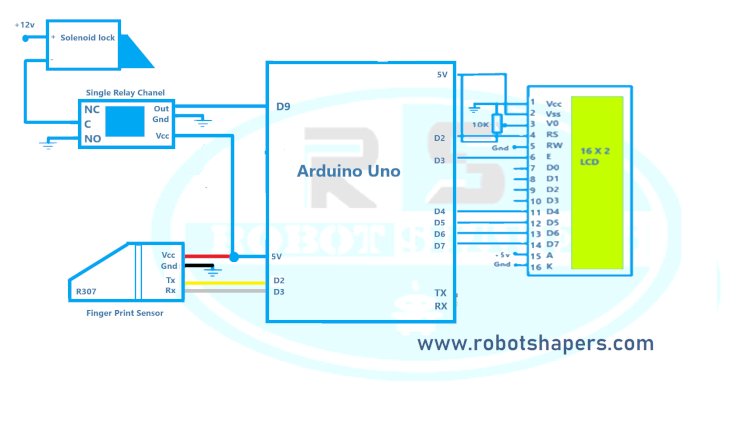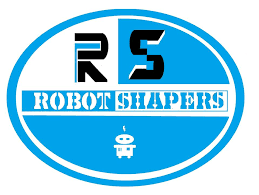Arduino Clap Switch
Welcome to Robotshapers, the creators of innovation and masters of precision. Step into our world of limitless possibilities at robotshapers.com. Experience the magic of our Arduino Clap Switch, a remarkable electronic device that responds to the sound of your hands. With just a clap, you can effortlessly control lights and electronic devices, transforming your home into a realm of convenience and energy efficiency. Our clap switches are easy to make and a delight for DIY enthusiasts. At Robotshapers, we shape technology to suit your needs, whether it's lighting control, home automation, or commercial applications. Explore the power of simplicity and embrace a world of effortless control with Robotshapers. Visit robotshapers.com and let your hands shape the future.

A clap switch is a simple electronic device that allows you to control the operation of a light or other electronic device by clapping your hands.The switch usually consists of a sound sensor, a control circuit and a relay. When you clap your hands, the sound sensor detects sound and sends a signal to the control center, which then activates the relay. The relay acts as a switch that allows current to flow and power the connected equipment.

The sensitivity of the sound sensor can be adjusted to detect different sound levels and avoid collisions. Clap switches are often used for convenience and energy savings as they eliminate the need to search for a key in the dark. They can beinstalledin many places such as bedroom, bathroom or home. You can easily control lighting or other electronic devices in your home by clapping your hands. Clap switches are easy to make, making them a fun and useful DIY project for electronics enthusiasts.
Components required:
- Arduino Uno
- LCD (16X2)
- 10K variable resistor
- LM393 sound sensor
- 5V DC power supply
- Single Relay Channel
- Bulb
- 220 V AC supply
Cirucit diagram:

Code:
Code:
#include
LiquidCrystal lcd(2,3,4,5,6,7);
#define L 9// light Pin
#define S 8// Sensor Pin
int pass = 0;// state of light whichis initially off
void setup() {
lcd.begin(16,2);
lcd.setCursor(0,0);
lcd.print("ROBOTSHAPERS");
lcd.setCursor(0,1);
lcd.print("CLAP SWITCH");
delay(1500);
lcd.clear();
lcd.setCursor(0,0);
lcd.print("LIGHT-");
pinMode(L,OUTPUT);
pinMode(S,INPUT);
}
void loop()
{
if(pass ==0 && digitalRead(S) == HIGH)
{
lcd.setCursor(7,0);
lcd.print("ON ");
digitalWrite(L,HIGH);
pass = 1;
delay(1000);
}
if(pass ==0 && digitalRead(S) == HIGH)
{
lcd.setCursor(7,0);
lcd.print("OFF");
digitalWrite(L,LOW);
pass = 0;
delay(1000);
}
}
Applications:
- Clap switches have many uses in both residential and commercial settings due to their simplicity and convenience.
- Clap switches are often used for lighting control in homes. It allows users to turn the light on and off with a simple touch of their hand, making it easier to walk in the dark or when hands are busy.
- Clap buttons can be used to control lighting as well as other devices such as fans, air conditioners or music players.
- Clap switch can also be used in home automation systems where it can be integrated with other smart devices.
- In a commercial setting, damper switches can be used in offices, conference rooms and public areas to control lighting and equipment.
Best proects in Bhilai, Chhattisgarh, India. Contact : 7067150002

 robotshapers1
robotshapers1 

















